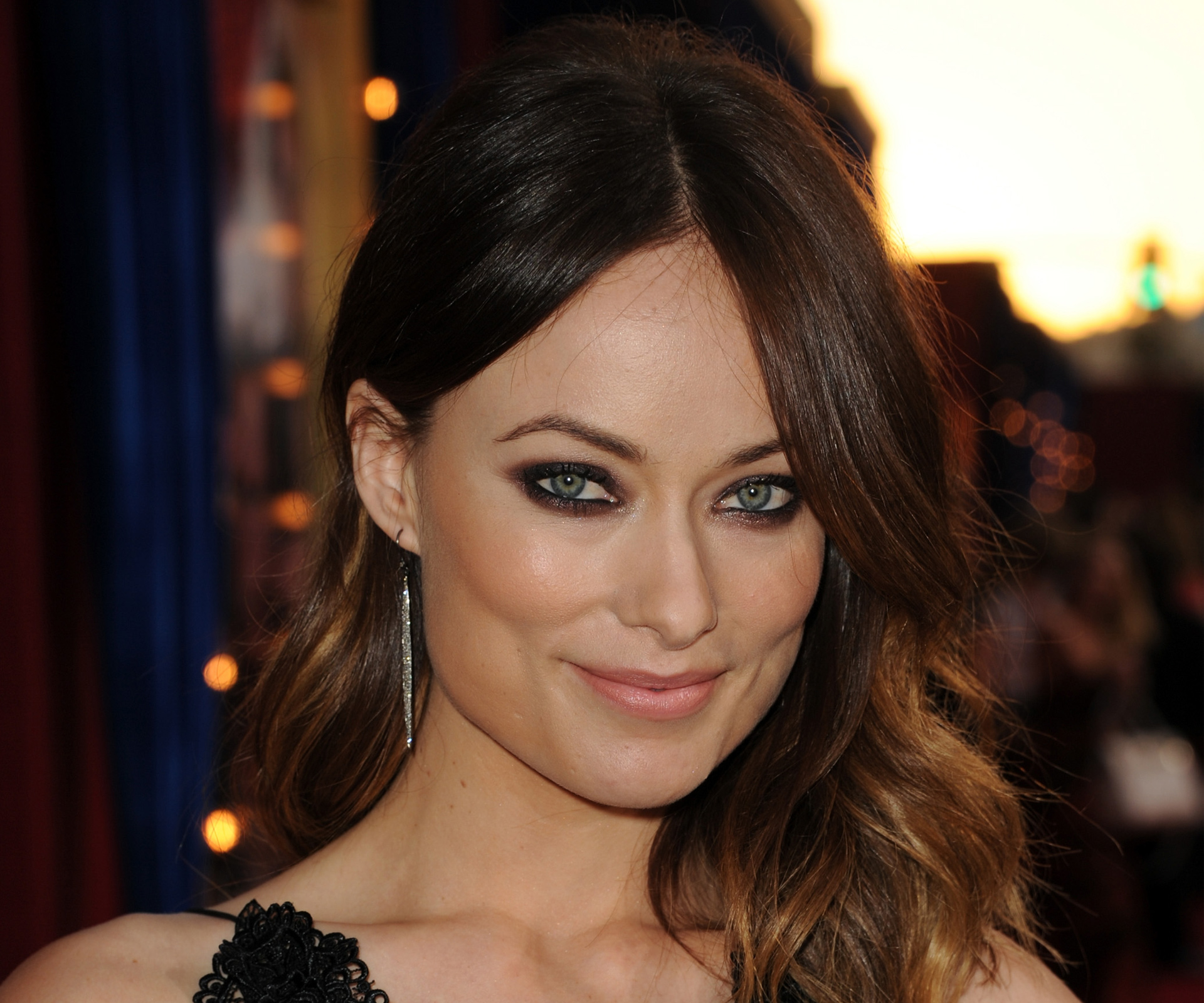Most women use make-up every day and modern cosmetic innovations can go a long way to helping us put our best face forward. But what if all those dollars spent and minutes in front of the mirror were making us look older instead?
As we age, the products and techniques we rely on can begin to fall out of step with what actually makes us look and feel fresh, radiant and youthful.
We asked two leading make-up artists about some common missteps that could be adding years to our faces.
1. The wrong foundation
While the need for a foundation that perfectly matches your skin colour is a given, getting the coverage balance correct – so you even out pigmentation, age spots and redness, without emphasising creases – is tricky.
According to Olivia Wild, National Training Manager for Bobbi Brown, choosing the wrong foundation, and applying too much of it, is the biggest error made by women who want to downplay their vintage.
“A foundation that’s too thick will settle into fine lines and take away the natural luminosity from your skin. Only use foundation where you need it to even out the complexion. You don’t have to cover every part of your skin,” says Olivia. Ensuring skin is moisturised and smooth can help too. “If you have dry skin, foundation can look patchy and accentuate discoloration, so exfoliate two to three times a week.”
Full-coverage, very matte formulas can sometimes create a dull, mask-like appearance. Lisa Matson, make-up director for L’Oréal Paris New Zealand, advises a lighter texture foundation can be more flattering.
“Opt for sheer, liquid formulas with a soft, luminous finish to create more youthful looking skin,” she says.
Finish application by using a cotton bud to pick up any excess base that’s settling into areas where the skin moves and creases, like the forehead, around the eyes and between your mouth and nose.

2. Trying to block out dark circles
A lot of women worry about dark circles and shadows looking worse as skin gets thinner under the eyes.
Instead of choosing a thick opaque concealer, Lisa Matson’s approach is the same as with foundation: a liquid concealer with light-diffusing qualities applied sparingly.
Try to avoid extending concealer out past the outer edge of the eye socket as that’s where skin moves and creases and caking can become more prominent.
3. Choosing lipstick that’s too dark
The natural definition and plumpness in your lips lessens with age, so the natural inclination is to carefully line and fill lips, often with a bold or deep colour. According to Lisa, this can make them look pinched or smaller than they are.
“If thinning lips are an issue, avoid drawing attention to their size. Mid-toned colours like mauve or rose-pink will be more flattering.”
Don’t think you need to stick to a cream or matte texture either.
“Many women may feel they are too old to wear lip gloss,” says Olivia Wild, “but a glossy finish will actually add a youthful plumpness.”

4. Only lining the bottom of your eyes with liner
Although it may be quicker and easier to apply eyeliner on the bottom water line, don’t let it become your default. Doing only that will drag your features down.
“It makes your eyes appear smaller and your overall appearance seem older,” says Olivia.
“Applying eyeliner on the top as well will open your eyes up and brighten your face. But be sure not to make the liner too thick. When applying eyeliner, try to get the product as close to your lash line as possible, so it appears to be an extension of your eyelashes.”
Brown, navy or charcoal are alternatives to harsh black.
5. Wearing too much black around the eyes
By all means keep doing a smoky eye; it’s a classic, relevant look for women of all ages. But applying too much black, or very dark pigment, isn’t the ideal approach.
Instead, two or three softer co-ordinating shades will still give the definition and shape you require, without looking too harsh. Working from a pre-made palette is helpful.
“Switch black for shades of taupe, brown, bronzes, navy or dark grey,” recommends Lisa. “Otherwise keep black for accents on the outer eye area only.”
Using a light touch, and blending well with a fluffy eyeshadow brush will also help achieve a flattering “air-brushed” finish.

6. Mistreating your brows
Overzealous plucking, heavy-handed pencil application or just not doing anything, can all be a detriment to looking polished and natural.
“Everything needs to soften as you age,” says Lisa.
“If your hair colour is lightening, then make sure your eyebrows are too. Use a fine brow pencil or powder two shades lighter than your natural brow colour or opt for a blonde shade if brows are fair. Keep the application light and the outer shape softly blended – no hard lines!”
7. Sporting bad blush
When time diminishes youthful colour from our complexions, blush is the perfect way to make skin look alive and bright. However, just daubing a circular dot on the middle of your cheek can look overdone, and trying too hard to contour with colour is a minefield!
“Some women choose a brown colour because they think they are adding definition, but it ends up looking muddy, dull, and like the make-up is just sitting on your skin,” says Olivia.
“But a product that’s too soft can wash you out as well. To find the right shade, pinch your cheeks and try to match the natural colour that you get when you actually blush. Some people apply blush on the bottom of the cheekbone, but you want to place it higher to define and lift your features,”
Apply to the apples and blend it upwards and outwards.

8. Choosing “slippery” lipstick
It’s a boon that lipsticks are no longer limited to heavy, dry formulations that make your lips pucker, but the opposite – very hydrating, shiny and “slippery” lip colours – will only end up in the fine lines around your mouth.
Instead, try a gel or satin formula that will still supply moisture with great colour pay-off. If you want an insurance policy, try a clear lip liner designed to contain the colour where you want it.
9. Being heavy-handed with powder
You might have been warned off overdoing the powder before, but it doesn’t mean that using one to set foundation or as a 3pm touch-up is out of the question.
New developments mean powder is now milled more finely and controls oil more effectively. Just apply it sparingly, as powder can dull the skin’s natural luminescence.
“Choose a super-fine translucent powder and apply the lightest dusting to the T-zone and below the lower lip only,” advises Lisa.
10. Wearing mascara on the lower lashes
A hotly contested issue in the make-up world, some artists say mascara on the lower lashes draws attention to shadowy areas, particularly if it transfers. Others say it can create a bright-eyed look, and more subtle definition than liner.
Lisa advises considering how sparse lower lashes are.
“If your bottom lashes have started to thin or are looking patchy, don’t draw attention to them with mascara. Use a brown liner and/or eyeshadow to add definition to the lower lash area or just keep it bare.”


